Article: The Complete Guide to Car Window Tinting: Benefits, Costs, and Laws
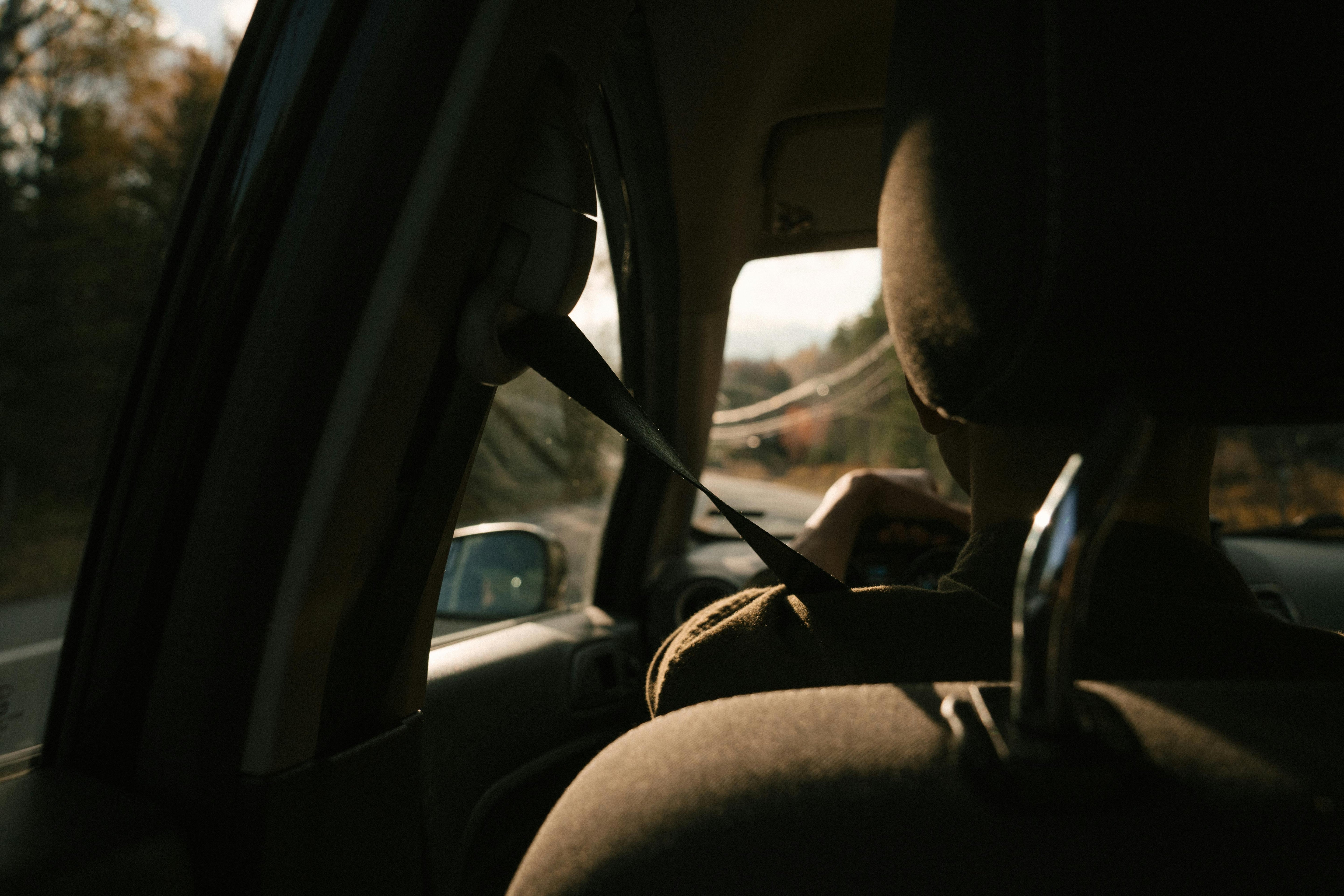
The Complete Guide to Car Window Tinting: Benefits, Costs, and Laws
Car Windscreen Tint: What You Need to Know Before Getting One Installed
Car window tinting has become one of the most popular upgrades for vehicle owners across Australia. Whether you drive a compact city car, a family SUV, or a luxury sedan, tinting your windows offers both functional and aesthetic benefits. In the hot Australian climate, where UV exposure and heat inside cars can be extreme, window tinting is more than just a stylish add-on; it’s a practical solution.
Before you begin, explore our tint install tools designed to make every stage of the process, from cleaning to application, quick and precise.
What is Window Tinting?

Window tinting is the process of applying a thin, multi-layered film to the interior surface of car windows. This film is designed to reduce the amount of sunlight, heat, and UV rays that enter the vehicle. Depending on the type and quality of the film, tinting can block up to 99% of harmful UV rays and significantly cut down heat buildup.
The films used for automotive tinting come in various materials such as dyed, metallic, carbon, or ceramic, each offering different levels of protection, clarity, and durability. The shade of tint is often measured by VLT (Visible Light Transmission), which determines how much visible light can pass through the glass. The lower the VLT percentage, the darker the tint.
Why Car Window Tinting is Popular in Australia
Australia’s climate plays a huge role in the popularity of car window tinting. With long summers, high UV radiation, and frequent heatwaves, tinting offers much-needed comfort and protection. For many drivers, it’s not just about reducing glare, it’s about making the car a safer, more comfortable environment.
Beyond climate considerations, Australians also value privacy. Darker tints can help conceal valuables inside vehicles, reducing the risk of theft. At the same time, tinting adds a sleek and modern look to any car, enhancing its overall appearance.
It’s no wonder that searches like “automotive tint near me,” “pro tint,” and “vehicle tint near me” have become increasingly common, as car owners look for trusted professionals to handle their tinting needs.
If you’re planning to tint your own car, you’ll find everything you need in our window tint tools collection, featuring squeegees, scrapers, and heat guns for professional results.
Benefits of Car Window Tinting
Getting your car windows tinted isn’t just about looks; it brings a wide range of benefits that directly impact comfort, safety, and even your car’s lifespan.
Heat Reduction and UV Protection
One of the most significant advantages of window tinting is heat reduction. In a country like Australia, where summer temperatures often exceed 40°C, car interiors can quickly turn into ovens. High-quality automotive tints can block infrared rays, keeping the cabin significantly cooler. This reduces the need for excessive air conditioning, which in turn helps with fuel efficiency.
Equally important is UV protection. Prolonged exposure to UV rays can damage your skin and cause fading or cracking of your car’s interior materials. A professional tint can block up to 99% of UV rays, acting almost like sunscreen for your car.
To enhance both style and comfort, many installers rely on tint squeegees that ensure a clean, streak-free finish.
Privacy and Security Advantages
Tinting adds an extra layer of privacy for drivers and passengers. Darker tints make it harder for outsiders to see inside, which is particularly beneficial if you often leave personal belongings in your car. Thieves are less likely to target vehicles where they can’t easily view what’s inside.
Additionally, window tint film can hold shattered glass together in case of an accident or break-in attempt, reducing the risk of injury and making it harder for someone to smash their way into your car.
Aesthetic Appeal and Style
Let’s be honest, tinted windows just look cool. Whether it’s a subtle light tint or a sleek dark finish, tinting instantly upgrades your car’s style. It gives vehicles a more polished, modern appearance, and for many car enthusiasts, it’s a must-have customisation.
Improved Driving Comfort and Safety
Tinting also reduces glare from the sun and headlights, which can be a major safety issue, especially during early mornings, late afternoons, and nighttime driving. By cutting down glare, tinted windows improve visibility and reduce eye strain, making driving more comfortable and safer overall.
For those managing multiple tint jobs, a great option is our window tint kits that bundle essential tools for beginners and professionals alike.
Different Types of Automotive Window Tints

Not all tints are created equal. The market offers several types of window films, each with its own pros, cons, and price points.
Dyed Window Tint
Dyed tint is the most affordable option. It uses a dye layer that absorbs solar heat and reduces glare. While it looks great and provides decent privacy, it doesn’t offer the same level of heat and UV protection as higher-end options. Over time, dyed tints may also fade or turn purple with prolonged exposure to sunlight.
Metallic Window Tint
Metallic films contain tiny metallic particles that reflect heat and UV rays effectively. They’re more durable than dyed tints and can significantly reduce cabin temperatures. However, the metallic elements may interfere with GPS, radio, or mobile signals, which can be a drawback for some drivers.
Carbon Window Tint
Carbon tints provide excellent UV protection and heat reduction without the signal interference issues of metallic films. They also give windows a matte, non-reflective finish that many drivers find appealing. While more expensive than dyed or metallic films, carbon tints offer a good balance of performance and style.
Ceramic Window Tint
Ceramic tints are considered the premium choice. They use advanced ceramic particles to block infrared heat and UV rays while maintaining excellent clarity and visibility. Ceramic tints don’t fade, don’t interfere with electronic signals, and are highly durable. The only downside is their higher cost, but for many car owners, the long-term benefits justify the investment.
Smooth trimming around edges is easier with our knife cutters and blades made specifically for vinyl and tint films.
Comparing Tint Types: Which One is Best?
Choosing the right tint depends on your budget, driving needs, and aesthetic preferences. For budget-conscious drivers, dyed tints are a decent entry point. For those seeking performance without breaking the bank, carbon films strike a good balance. And for drivers who want the very best in terms of heat rejection, durability, and clarity, ceramic is the clear winner.
For precise cuts on curved windows, professionals recommend pairing blades with knifeless tape to prevent accidental scratches.
Car Windscreen Tint: What You Need to Know
While tinting side and rear windows is common, windscreen tinting comes with stricter rules and considerations.
Australian Laws on Windscreen Tinting
In Australia, you cannot apply dark tints to the entire windscreen. Regulations only allow a tinted strip across the top portion of the windscreen, usually above the driver’s line of sight. This strip helps reduce glare without obstructing visibility.
The allowable Visible Light Transmission (VLT) percentage varies slightly between states, but generally, windscreens must let at least 70% of light through. Any film darker than this is considered illegal and may result in fines.
Pros and Cons of Windscreen Tint
The main advantage of windscreen tinting is glare reduction. A properly installed legal strip can make driving during sunrise or sunset far safer. It also adds a touch of style to the front of the car.
However, the cons are just as important to consider. A full windscreen tint is illegal and can compromise visibility at night or during bad weather. Installing illegal tints not only risks fines but can also cause problems with insurance claims if an accident occurs.
Safety Concerns and Legal Limits
Safety is the number one reason strict rules exist around windscreen tints. Overly dark films can severely limit visibility, especially in low-light conditions. That’s why it’s essential to choose a tint that complies with Australian regulations while still providing comfort and protection.
Laws and Regulations for Window Tinting in Australia
Before you rush to search for “window tinting close to me” or book an appointment at a “pro tint” shop, it’s crucial to understand the legal side of tinting.
State-by-State Tinting Laws
Each Australian state and territory has its own rules regarding how dark you can tint your car windows. Generally:
- Front side windows must allow at least 35% of visible light through.
- Rear side and back windows can often be darker, depending on the state.
- Windscreens must remain mostly untinted, except for a legal visor strip.
For example, New South Wales, Victoria, and Queensland generally allow 35% VLT for front side windows, while South Australia permits as low as 30%. Always double-check your state’s current laws before installing a tint.
Penalties for Illegal Tints
Driving with illegal tint can result in fines, defect notices, and even mandatory removal of the film. Worse still, if an accident occurs and investigators find your windows were illegally tinted, your insurance claim could be denied.
How to Stay Compliant with Tinting Regulations
The safest way to stay compliant is to always hire a professional tint installer. Certified professionals use films that meet Australian standards and can provide proof of compliance. This ensures you get the benefits of tinting without risking penalties.
A spotless surface makes all the difference, so use our cleaning tools to remove dust, residue, and oils before applying tint film.
Australian Laws on Windscreen Tinting
When it comes to tinting your car’s windscreen, Australian regulations are much stricter than for side and rear windows. This is mainly because the windscreen plays the most critical role in driver visibility. Overly dark tints can significantly reduce vision, especially during night driving or poor weather conditions, which could lead to accidents. To balance comfort, safety, and visibility, each state has established clear limits on what is, and isn’t, allowed.
The key measurement used in these laws is Visible Light Transmission (VLT), which refers to the percentage of visible light that can pass through a window. The higher the VLT, the more light passes through. A windscreen with 70% VLT, for example, allows 70% of light in and blocks 30%. Australian Design Rules (ADR) require windscreens to have a minimum of 70% VLT, meaning they must let in at least 70% of light. Any film darker than this is considered illegal.
That said, there is one exception: the “tint strip” or “visor strip.” This is a horizontal band of film applied across the top section of the windscreen, usually above the driver’s line of sight. Its purpose is to reduce glare from the sun without affecting forward visibility. The size of this strip can vary depending on state laws, but generally, it cannot extend too far downward to obstruct the driver’s view of the road.
Here’s a breakdown of the rules most states follow:
Front windscreens: Must have at least 70% VLT. No full dark tints are permitted.
Tint strip: Allowed at the top of the windscreen but must stay within legal height limits.
Side windows (front): Generally, 35% VLT is allowed.
Rear windows: Often permitted to be darker, depending on the state.
Enforcement is strict; police can issue defect notices and fines if your windscreen tint does not comply. Non-compliant tints can also cause your insurance to reject claims in case of accidents, since visibility impairment may be considered a contributing factor.
For these reasons, it’s crucial to get your windscreen tint installed by a licensed professional. A pro tint installer understands state regulations, ensures you stay compliant, and provides certification if required. This way, you enjoy the benefits of reduced glare and UV protection without risking fines or insurance issues.
If you need to remove old tints or adhesive, our decal and part removal tools make prep faster and prevent damage to the glass.
Australian Laws on Windscreen Tinting (State-by-State Breakdown)
While Australian Design Rules (ADR) set the baseline requirements for windscreen tinting, each state and territory has its own specific regulations and enforcement policies. Understanding these differences is crucial if you’re considering adding a windscreen tint to your car.
New South Wales (NSW)
Windscreen: Must have at least 70% VLT across the main viewing area.
Tint strip: A visor strip is allowed at the top of the windscreen but cannot extend more than 10% of the windscreen height or below the top reach of the windscreen wipers.
Penalties: Non-compliance can result in fines and defect notices.
Victoria (VIC)
Windscreen: Minimum 70% VLT for the primary area.
Tint strip: A band at the top is permitted, provided it does not interfere with the driver’s vision of traffic lights or the road.
Enforcement: Police frequently check for illegal tints during roadworthy inspections.
Queensland (QLD)
Windscreen: Must have 70% VLT or more.
Tint strip: A visor strip no lower than the uppermost reach of the windscreen wipers is allowed.
Penalties: Defective vehicle notices can be issued if the tinting is too dark.
South Australia (SA)
Windscreen: Same 70% VLT rule applies.
Tint strip: Permitted along the top but must not intrude into the main field of vision.
Notes: SA authorities are known for strict enforcement of visibility rules.
Western Australia (WA)
Windscreen: Minimum 70% VLT.
Tint strip: A top visor strip is legal but must not extend beyond 100mm from the top edge of the windscreen.
Extra Rule: Windscreen tints must not have mirrored or reflective finishes.
Tasmania (TAS)
Windscreen: At least 70% VLT across the main viewing area.
Tint strip: Allowed, but cannot obstruct visibility of signals or road conditions.
Enforcement: Roadworthy inspections regularly check for compliance.
Northern Territory (NT)
Windscreen: Same 70% VLT requirement as other states.
Tint strip: Permitted at the top of the windscreen, but only above the sweep of the wipers.
Notes: NT has hot weather year-round, so many drivers use maximum legal tints for comfort.
Australian Capital Territory (ACT)
Windscreen: Must allow 70% VLT.
Tint strip: A visor band across the top of the windscreen is acceptable as long as it does not extend into the driver’s direct vision.
Penalties: ACT police issue fines and defect notices for illegal modifications, including tints.
Key Takeaways Across Australia
- Full windscreen tinting is illegal in every state and territory.
- A visor strip at the top of the windscreen is legal, but restrictions on depth vary.
- The 70% VLT minimum is consistent nationwide, ensuring adequate visibility.
Penalties for non-compliance include fines, defect notices, forced removal of the film, and potential insurance claim issues.
If you’re considering windscreen tinting, the safest choice is to work with a certified pro tint service. They understand these state-by-state nuances and will ensure your vehicle passes inspections while giving you maximum comfort and UV protection.
| State / Territory | Minimum VLT Allowed (Windscreen) | Tint Strip (Visor Band) Rules | Penalties for Illegal Tint |
|---|---|---|---|
| New South Wales (NSW) | 70% VLT | Allowed, max 10% of windscreen height or above wiper sweep | Fines + defect notice |
| Victoria (VIC) | 70% VLT | Permitted at the top; must not obstruct the vision of traffic lights | Fines + potential roadworthy failure |
| Queensland (QLD) | 70% VLT | Allowed; must be above the uppermost sweep of wipers | Defective vehicle notice + fines |
| South Australia (SA) | 70% VLT | Allowed; must not intrude into the driver’s direct view | Fines + defect notice |
| Western Australia (WA) | 70% VLT | Allowed; visor strip max 100mm depth | Fines + mandatory removal of film |
| Tasmania (TAS) | 70% VLT | Allowed if not obstructing visibility | Fines + roadworthy failure |
| Northern Territory (NT) | 70% VLT | Allowed; must stay above wiper sweep | Fines + defect notice |
| Australian Capital Territory (ACT) | 70% VLT | Allowed; visor band permitted if not in the direct vision zone | Fines + defect notice |
VLT (Visible Light Transmission): Windscreens must let at least 70% of visible light through across all states.
Tint strips: Legal at the top of the windscreen, but depth and placement vary slightly between states.
Enforcement: Penalties can include fines, defect notices, and mandatory tint removal. Non-compliant tint may also affect insurance claims.
If you’re a workshop owner or mobile installer, our tool bags are perfect for keeping all your tinting tools organised on the go.
How Much Does Car Window Tinting Cost in Australia?
Many car owners search online for “vehicle tint near me” and immediately wonder what the price tag will be. Tinting costs vary widely depending on the film type, the number of windows, and the installer’s reputation.
Average Prices for Different Tint Types
Here’s a general guide to what you can expect in Australia:
Dyed tint: $200–$300 for a standard car
Metallic tint: $250–$400
Carbon tint: $350–$500
Ceramic tint: $450–$800
Luxury or specialty vehicles, with larger or more complex windows, often cost more to tint.
Factors That Influence Tinting Costs
Several factors affect how much you’ll pay for automotive window tinting:
Type of film: Premium options like ceramic cost significantly more than dyed films.
Vehicle size: Larger SUVs or vans require more material and labour.
Installer reputation: Well-known pro tint services may charge more, but they often provide higher-quality results.
Legal compliance: Ensuring the tint meets Australian VLT standards may affect the choice of film and installation costs.
Is it Worth the Investment?
While tinting might feel like a big expense, the long-term benefits far outweigh the cost. You’ll save money on fuel by reducing air conditioning use, protect your car’s interior from UV damage, and enjoy more comfortable driving. For most Australians, car window tinting is considered one of the most valuable vehicle upgrades.
How to Choose the Best Automotive Tint Near You
Searching for “automotive tint near me” or “window tinting close to me” will bring up dozens of options. But not all tint shops are equal. Choosing the right installer is just as important as choosing the film itself.
What to Look for in a Professional Tint Shop
A good tint shop should offer:
- A wide range of film options (dyed, carbon, ceramic, etc.)
- Certified, experienced installers
- Compliance with Australian tinting laws
- Clear warranty terms
Shops that provide detailed consultations and showcase past work are usually more trustworthy than those offering just the cheapest deal.
Questions to Ask Before Getting a Tint Installed
- What type of films do you use, and what are their benefits?
- Does the tint meet Australian safety and legal standards?
- What warranty is included, and what does it cover?
- How long will the installation take?
- Do you offer aftercare instructions?
Asking these questions helps you gauge whether you’re dealing with a professional service or a budget operation cutting corners.
Checking Reviews and Customer Feedback
Always check online reviews before committing. Look for feedback on durability, customer service, and legal compliance. Shops with consistently high ratings are usually worth the investment. Personal recommendations from friends and family can also lead you to reliable local professionals.
If you install tints for clients, it’s crucial to comply with local tint laws. Having the right signage tools can help you apply compliance labels and business branding neatly.
Pro Tint vs. Cheap Tint: What’s the Difference?
When comparing tinting options, you’ll often see services marketed as “pro tint” at higher prices and cheap alternatives that promise the same results. But the differences are more than just cost.
Longevity and Durability
Cheap tints may look fine initially, but they often fade, bubble, or peel within a year or two, especially under the harsh Australian sun. Professional-grade films, especially ceramic or carbon, can last 10+ years with proper care.
Warranty and Aftercare
Reputable pro tint services usually provide a written warranty, covering issues like bubbling, peeling, or discolouration. Cheaper installers may not offer any guarantees, leaving you to pay again if problems arise.
Why Professional Tint is Better in the Long Run
While cheap tinting might save you a few hundred dollars upfront, you’ll likely spend more in the long run replacing or repairing poor-quality films. Investing in a professional installation ensures better performance, longer durability, and peace of mind knowing your tint is legal and protected by warranty.
Car Tint Maintenance and Care Tips
Getting your windows tinted is only half the job; proper care ensures they last longer and look better.
How to Clean Tinted Windows Safely
Tinted films are delicate, especially within the first few weeks after installation. To clean them safely:
- Use a soft microfiber cloth.
- Avoid ammonia-based cleaners, as they can damage the film.
- Stick to mild, soapy water or tint-safe window cleaners.
- Gently wipe instead of scrubbing to prevent scratches.
Avoiding Damage to Window Tint Film
A few habits can help you maintain your tint:
- Don’t roll down windows for at least 3–5 days after installation.
- Be careful with sharp objects near windows, as they can puncture the film.
- Park in shaded areas when possible to prevent unnecessary heat stress.
Signs Your Tint Needs Replacement
Even the best films won’t last forever. Signs it’s time for a replacement include:
- Bubbling or peeling edges
- Fading or discolouration
- Scratches or visible damage
- Reduced effectiveness in blocking heat or UV rays
By addressing these issues early, you can maintain both the look and functionality of your car tint.
After installation, maintain your tints’ clarity with our detailing tools that help keep the surface clean without scratching the film.
Myths and Misconceptions About Window Tinting
Car window tinting is surrounded by myths that often confuse car owners. Some of these misconceptions prevent people from enjoying the full benefits of tinting. Let’s clear up the most common ones.
Does Tint Really Reduce Heat?
Yes, quality tint significantly reduces heat. Many people think tint is just for looks, but in reality, it blocks infrared rays responsible for heat buildup inside your car. While cheap dyed films may not make much difference, premium options like ceramic tint can reduce cabin temperatures by up to 60%. That means less sweating, less reliance on your air conditioning, and more fuel efficiency in the long run.
Will Tint Make My Car Too Dark?
Not necessarily. Tint darkness is measured by VLT (Visible Light Transmission). A 35% VLT tint, for example, allows 35% of light to pass through, giving you privacy while keeping visibility safe. In Australia, laws regulate how dark you can go, so professional installers ensure your tint balances style, comfort, and compliance. If you’re worried about visibility at night, ceramic and carbon tints are excellent choices since they block heat and UV rays without needing to be overly dark.
Can I Be Fined for Having Tinted Windows?
Yes, if your tint is darker than the legal limit. Each state in Australia sets specific VLT percentages for front, side, and rear windows. Installing illegal tint can result in fines, defect notices, and even insurance claim issues if you’re involved in an accident. This is why searching “professional tint” or “window tinting close to me” is smarter than using DIY kits that might not meet regulations.
Top 5 Reasons Car Owners Choose Professional Window Tinting
There’s a big difference between a cheap tint job and a professional installation. Here’s why most Australian drivers choose experts over DIY or low-cost providers.
1. Superior Quality Film
Professional shops use advanced films: ceramic, carbon, or metallic, that block more heat, last longer, and look better than DIY or budget tints.
2. Expert Installation
Installing tint requires skill. Professionals ensure a flawless finish with no bubbles, creases, or dust trapped under the film.
3. Legal Compliance
Tinting laws in Australia can be confusing. Professionals know the legal VLT limits and ensure your car passes inspections, avoiding fines and legal issues.
4. Better Warranty Options
Many pro shops offer warranties covering peeling, fading, or bubbling. This means peace of mind and long-term value.
5. Long-Term Value
While professional tinting costs more upfront, it saves money over time. A high-quality tint lasts longer, reduces interior wear, and lowers cooling costs, making it the smarter investment.
For complete professional setups, take a look at our workshop tool kits that combine tinting, wrapping, and detailing essentials.
FAQs
How Long Does Window Tint Last?
With proper care, professional-grade tints like ceramic or carbon can last 10+ years. Cheap films, however, may only last 2–3 years before fading or peeling.
Can Window Tint Be Removed?
Yes, tint can be removed by professionals using steam or specialised tools. DIY removal is possible, but it often leaves behind adhesive residue.
Does Tint Affect Car Insurance?
As long as your tint is legal, it shouldn’t affect your insurance. However, illegal tint may void coverage if it contributes to reduced visibility in an accident.
Is Ceramic Tint Worth the Price?
Absolutely. While it’s the most expensive option, ceramic tint offers superior heat rejection, UV protection, and durability without interfering with electronic signals.
How Long Does Installation Take?
Most professional tint jobs take 2–4 hours, depending on the vehicle size and number of windows. Larger SUVs and vans may take longer.
Conclusion
Car window tinting is more than just a cosmetic upgrade; it’s a smart investment in comfort, safety, and long-term vehicle protection. From reducing heat and UV damage to improving privacy and security, tinting delivers real value. But the key is choosing the right film and a professional installer who understands Australian tinting laws.
Whether you’re looking for “vehicle tint near me” or a “pro tint” service, always prioritise quality, compliance, and warranty. A well-installed tint enhances your car’s style, protects your health, and keeps your ride cooler, even under the harsh Australian sun.
Are you unsure which tool or kit is right for your job?
Our expert team at Oz Sign Supplies is here to help. Reach out today, and we’ll direct you to the best tools to suit your project, ensuring you get the job done right the first time.


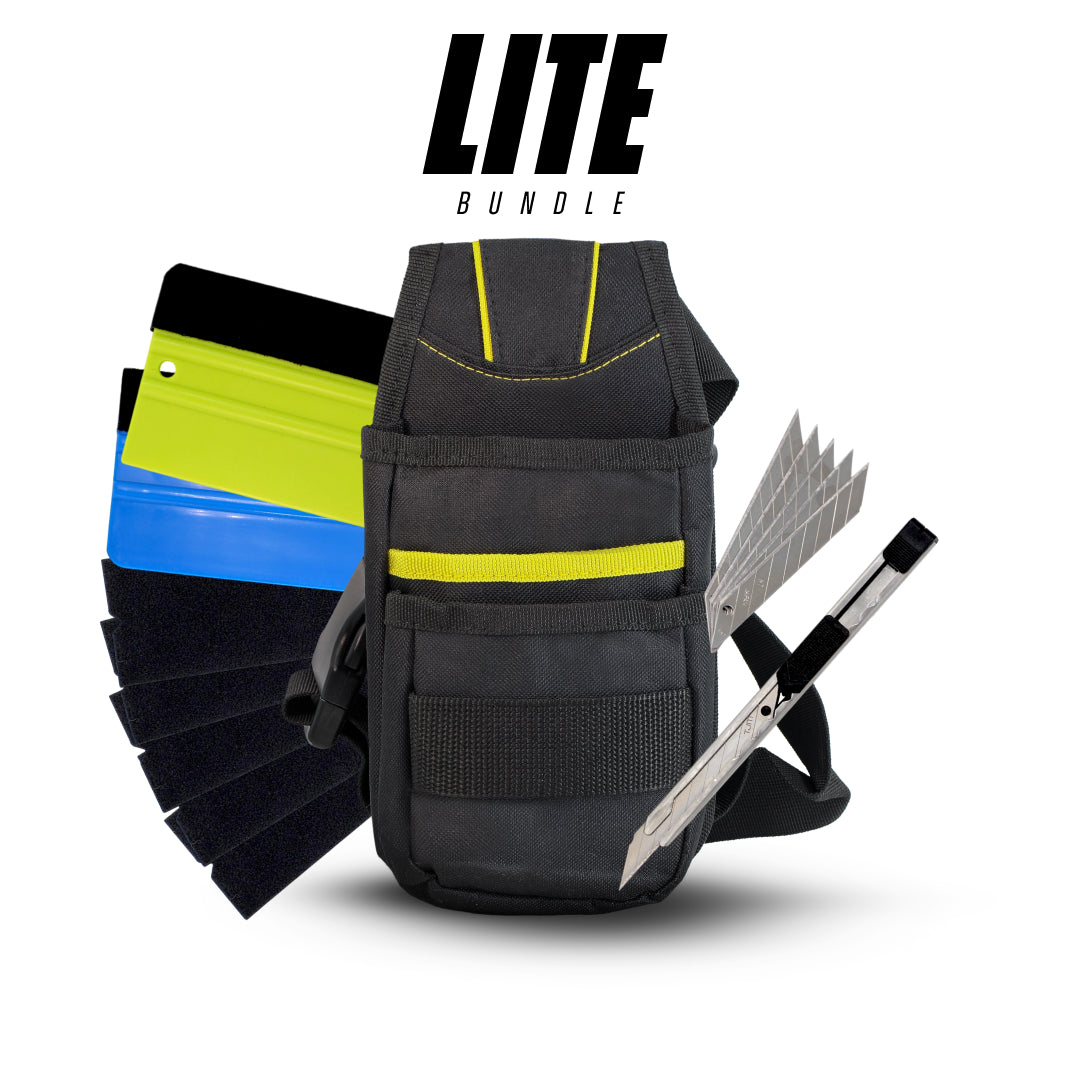

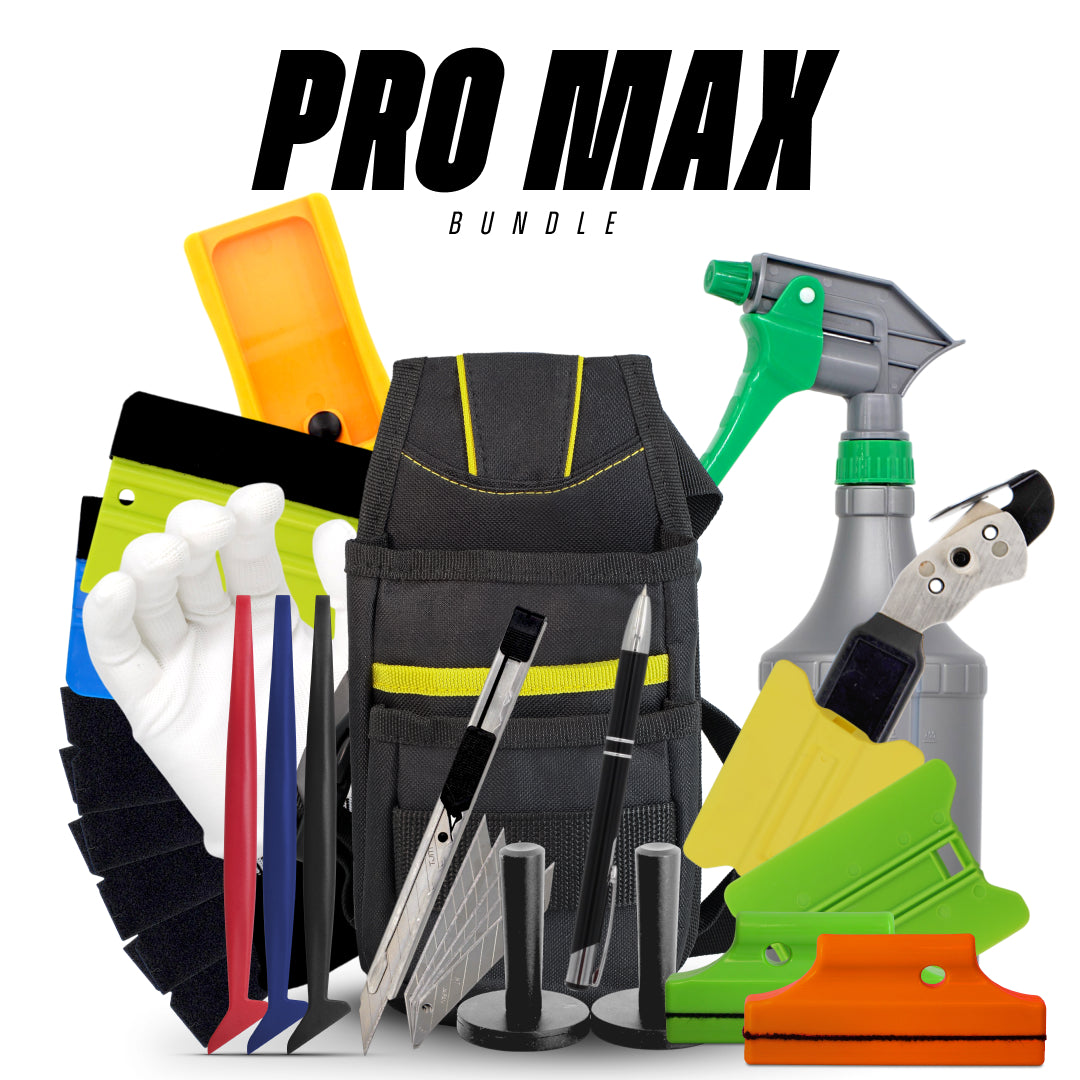
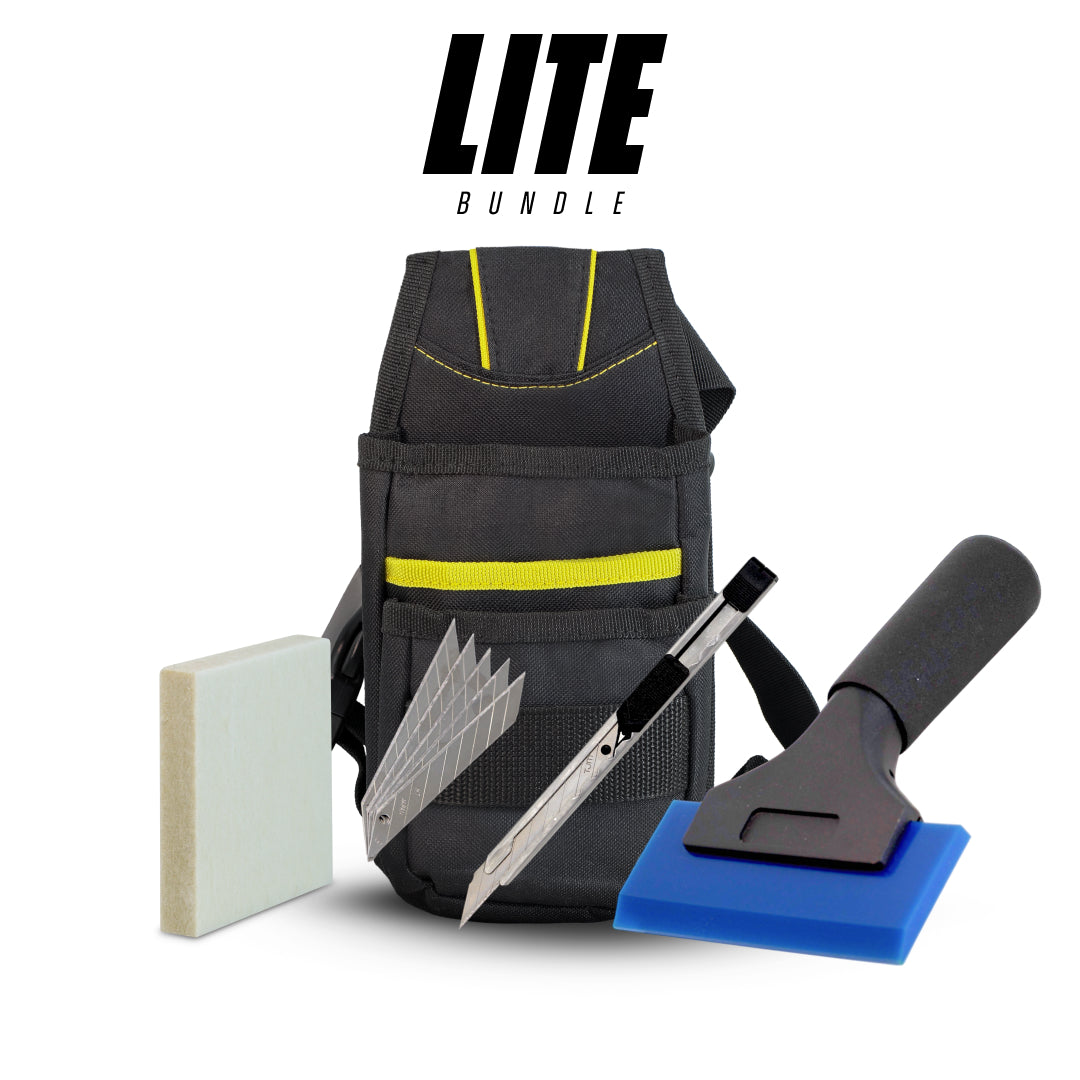
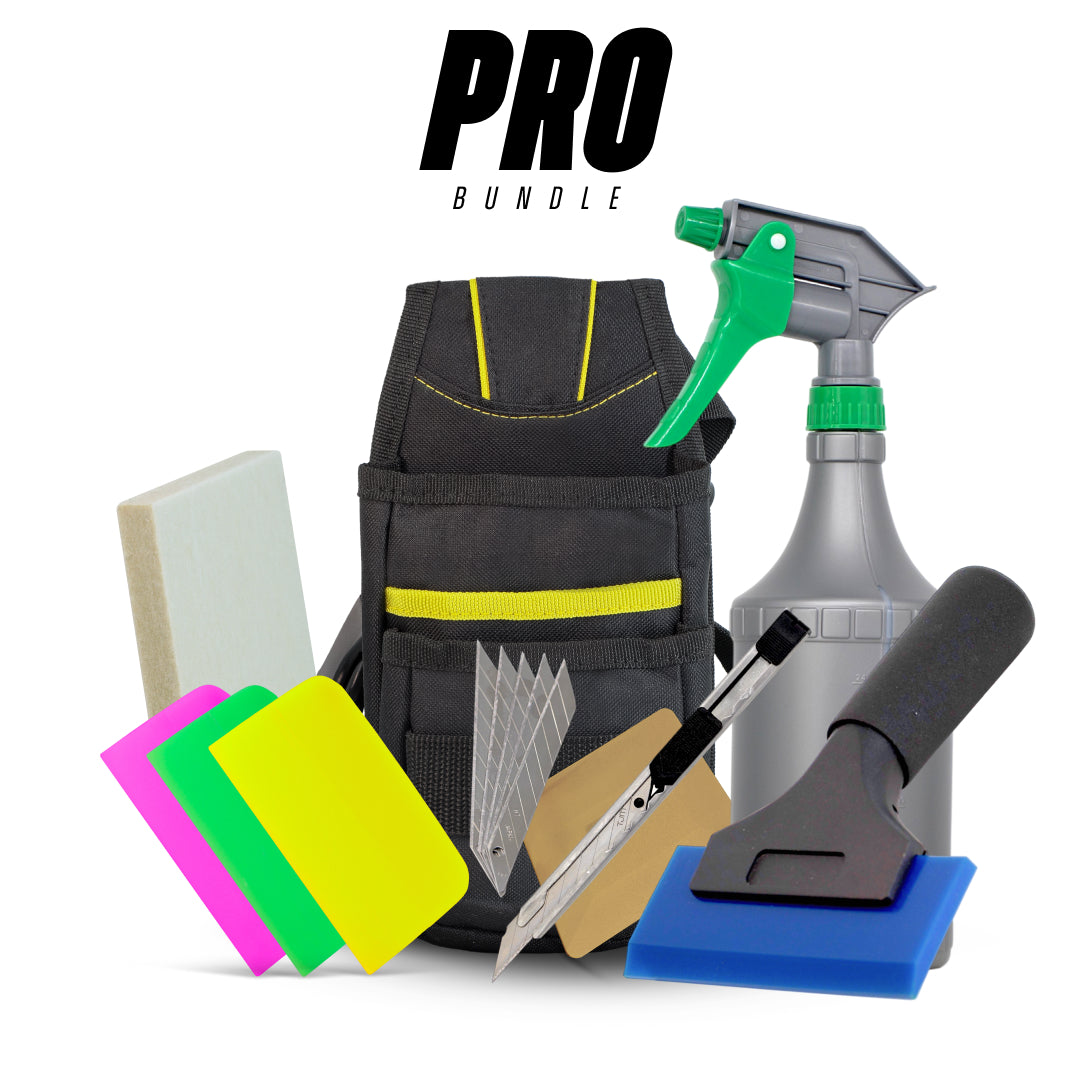

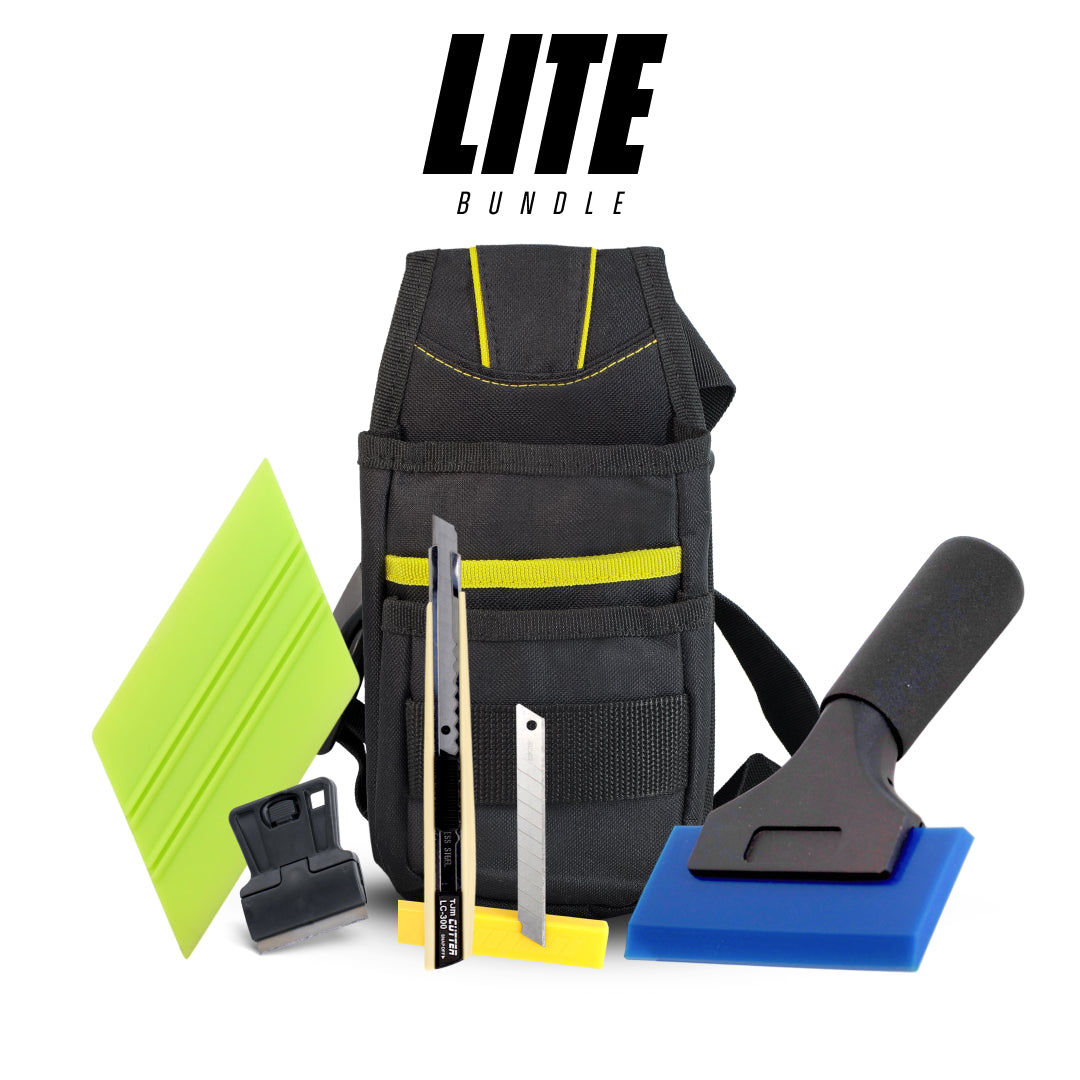
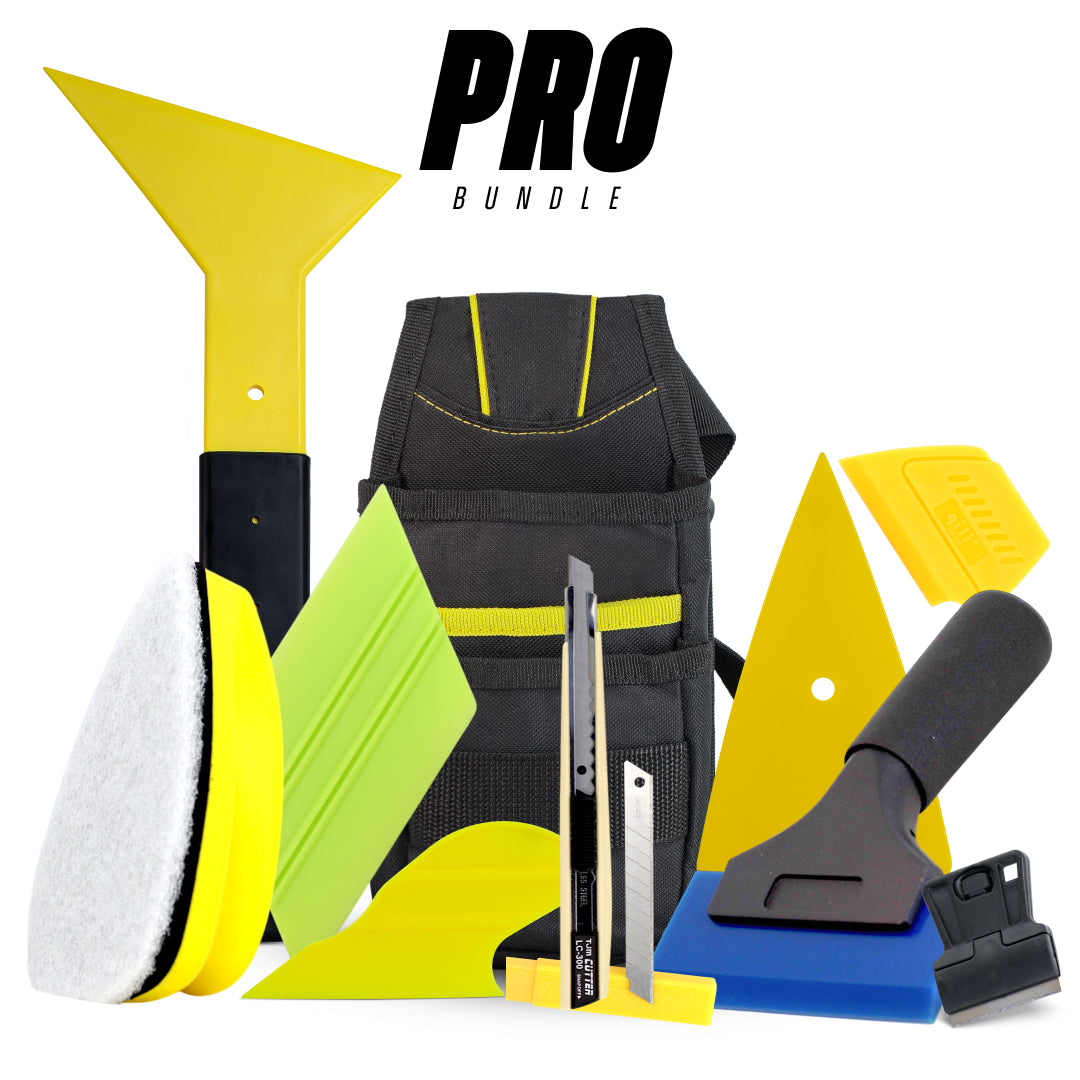

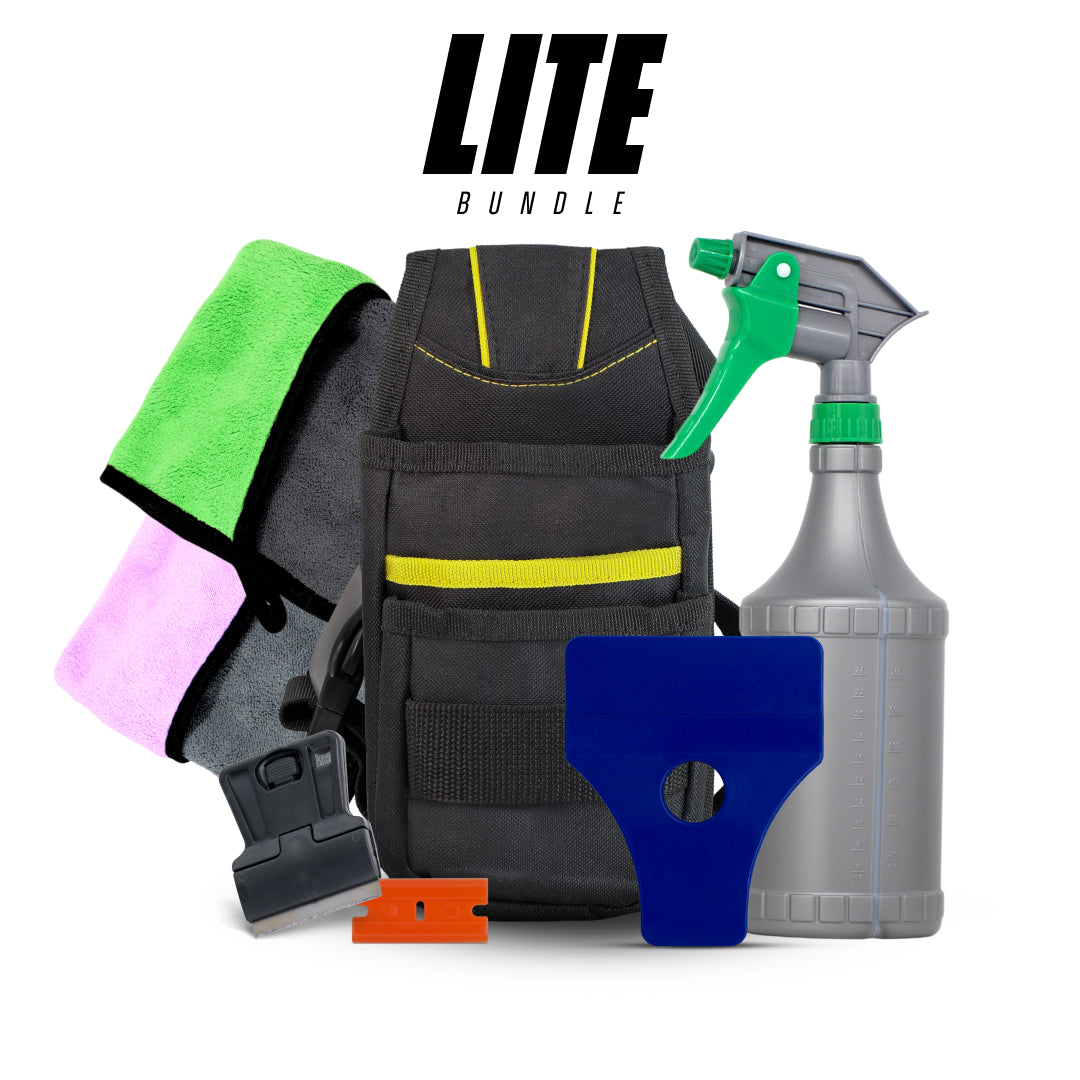
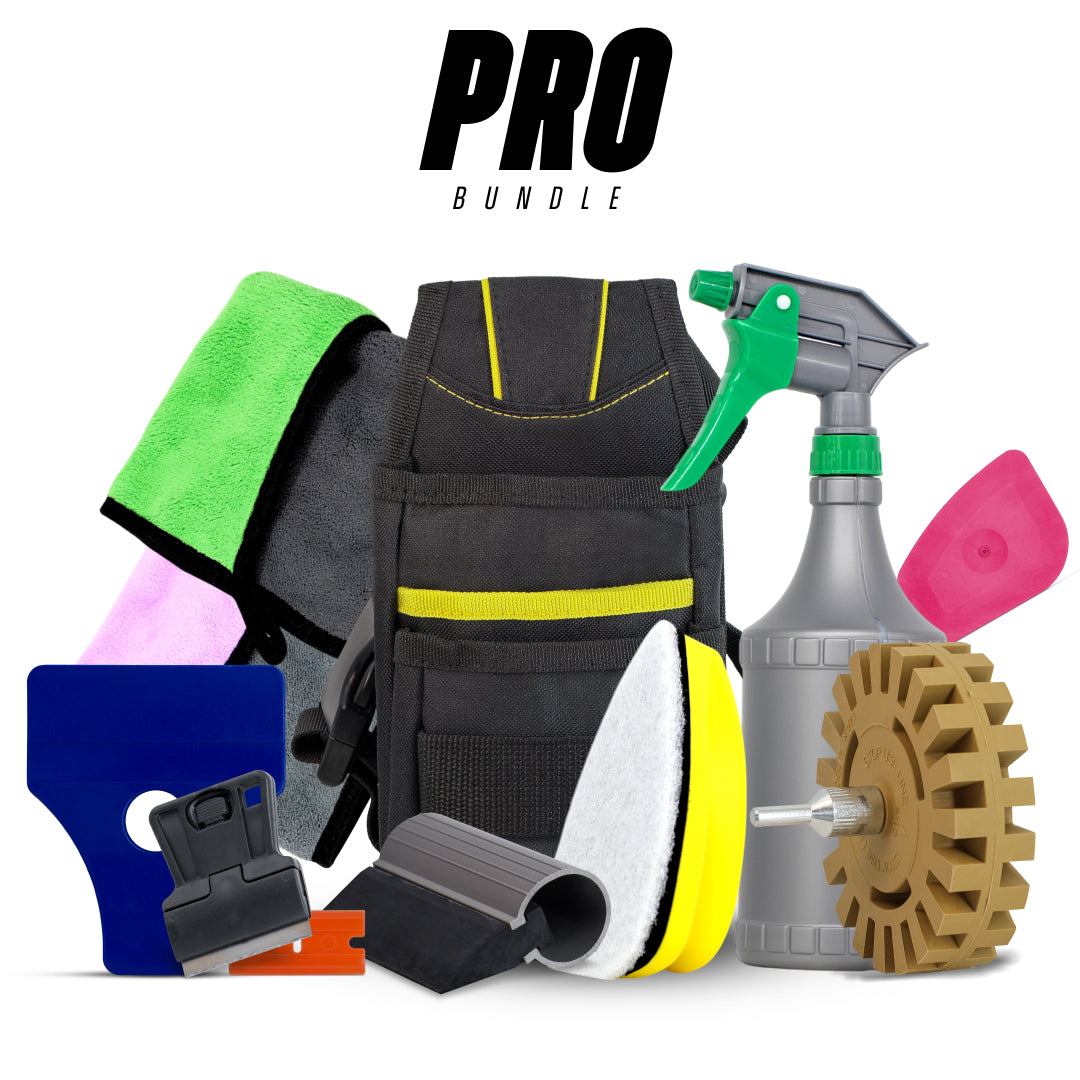

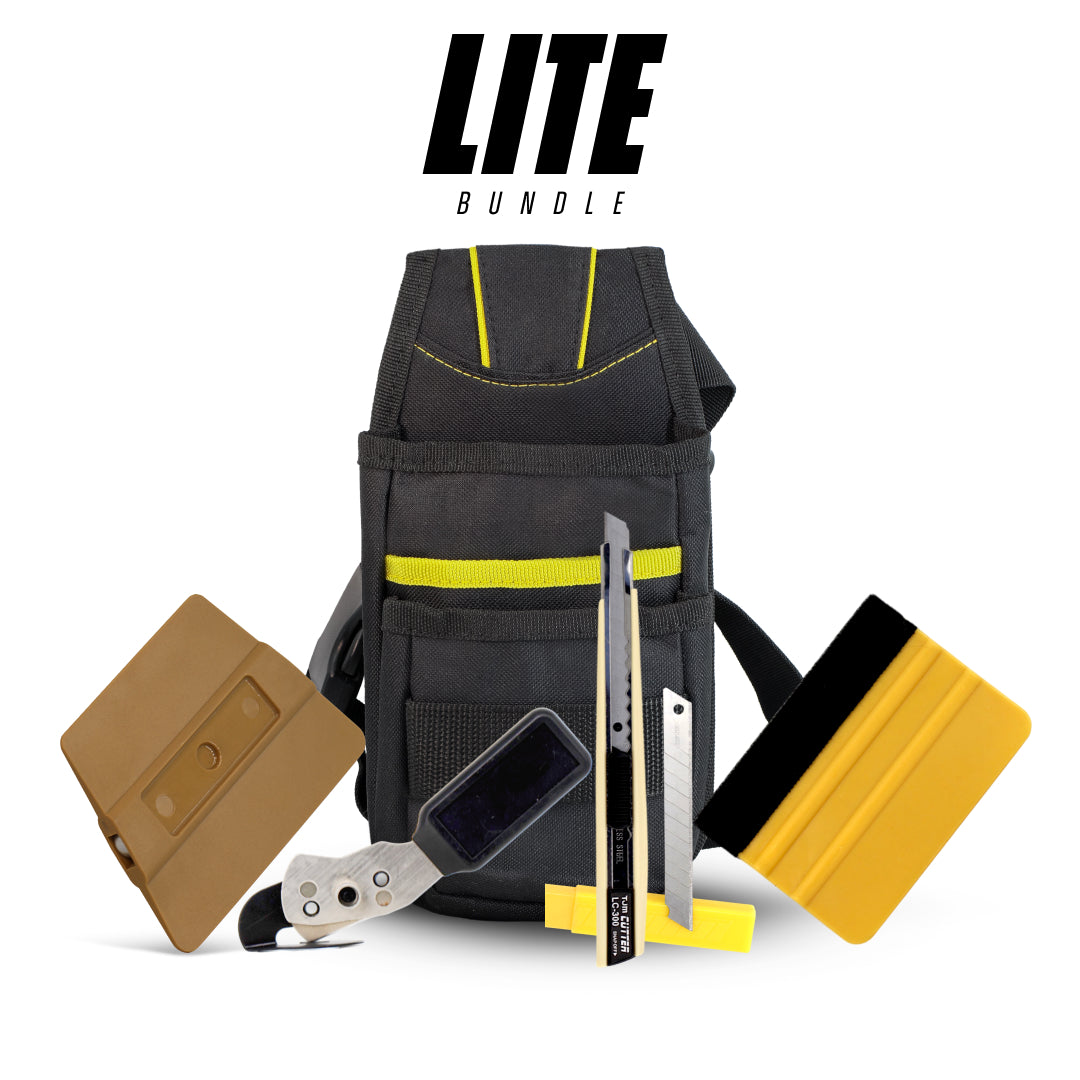
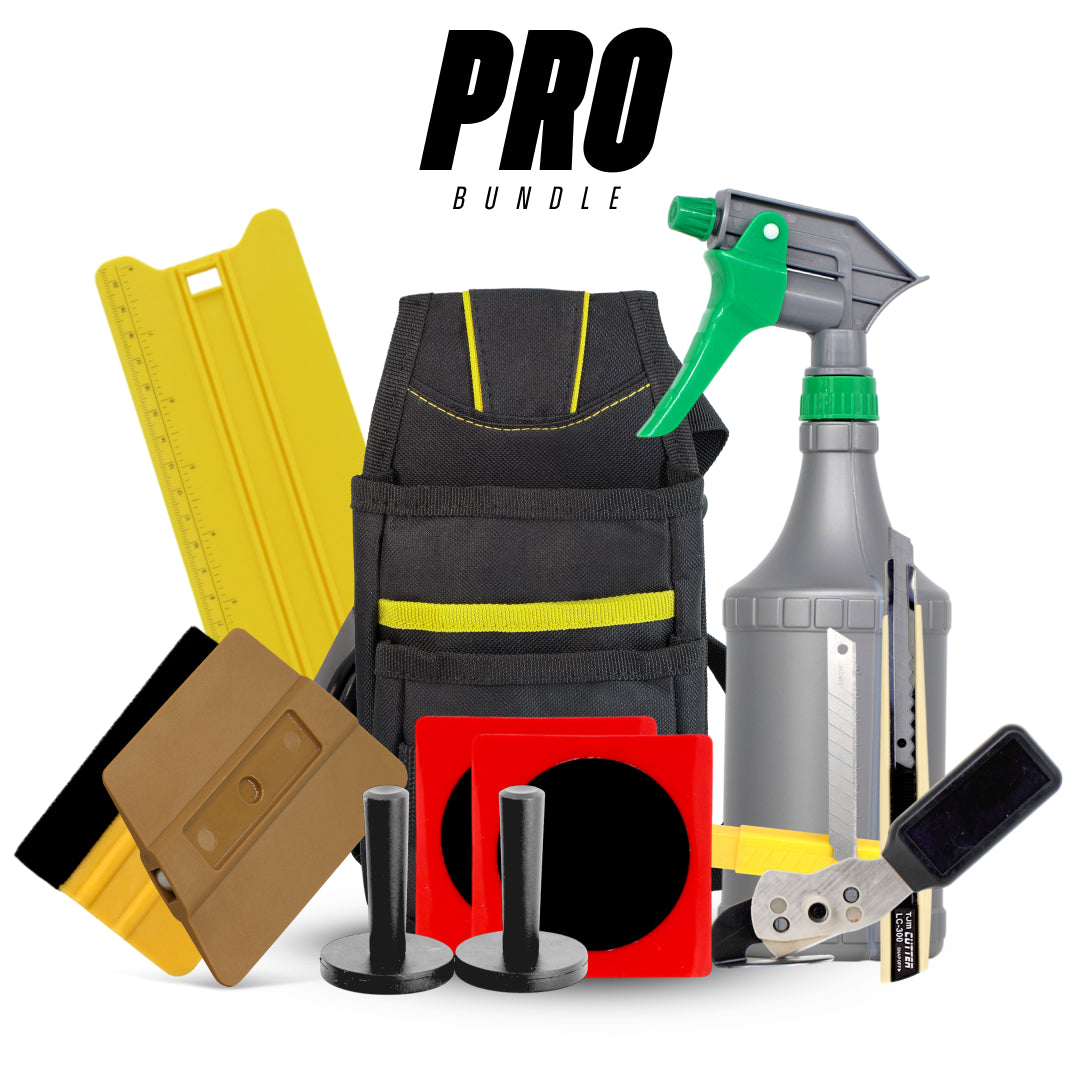

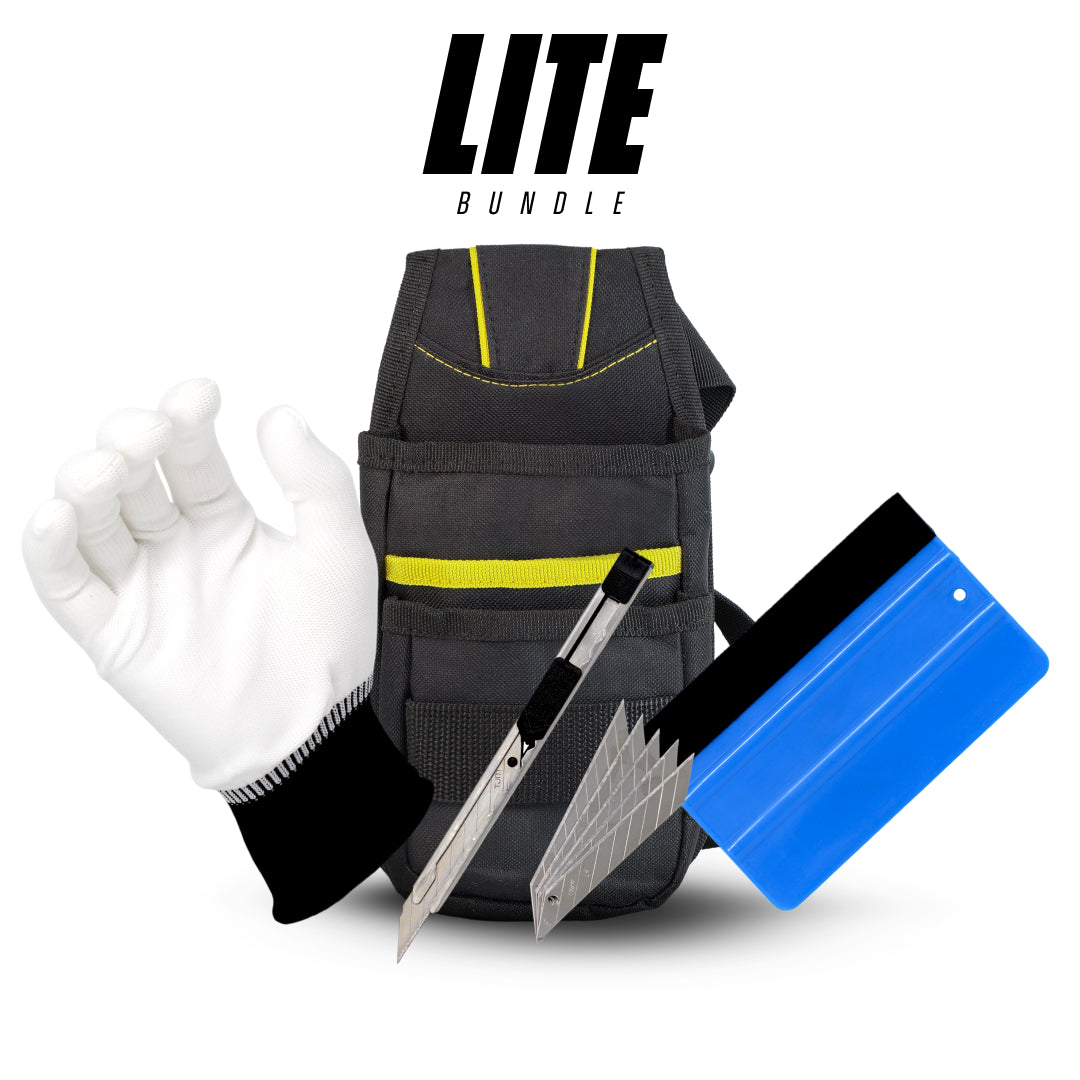
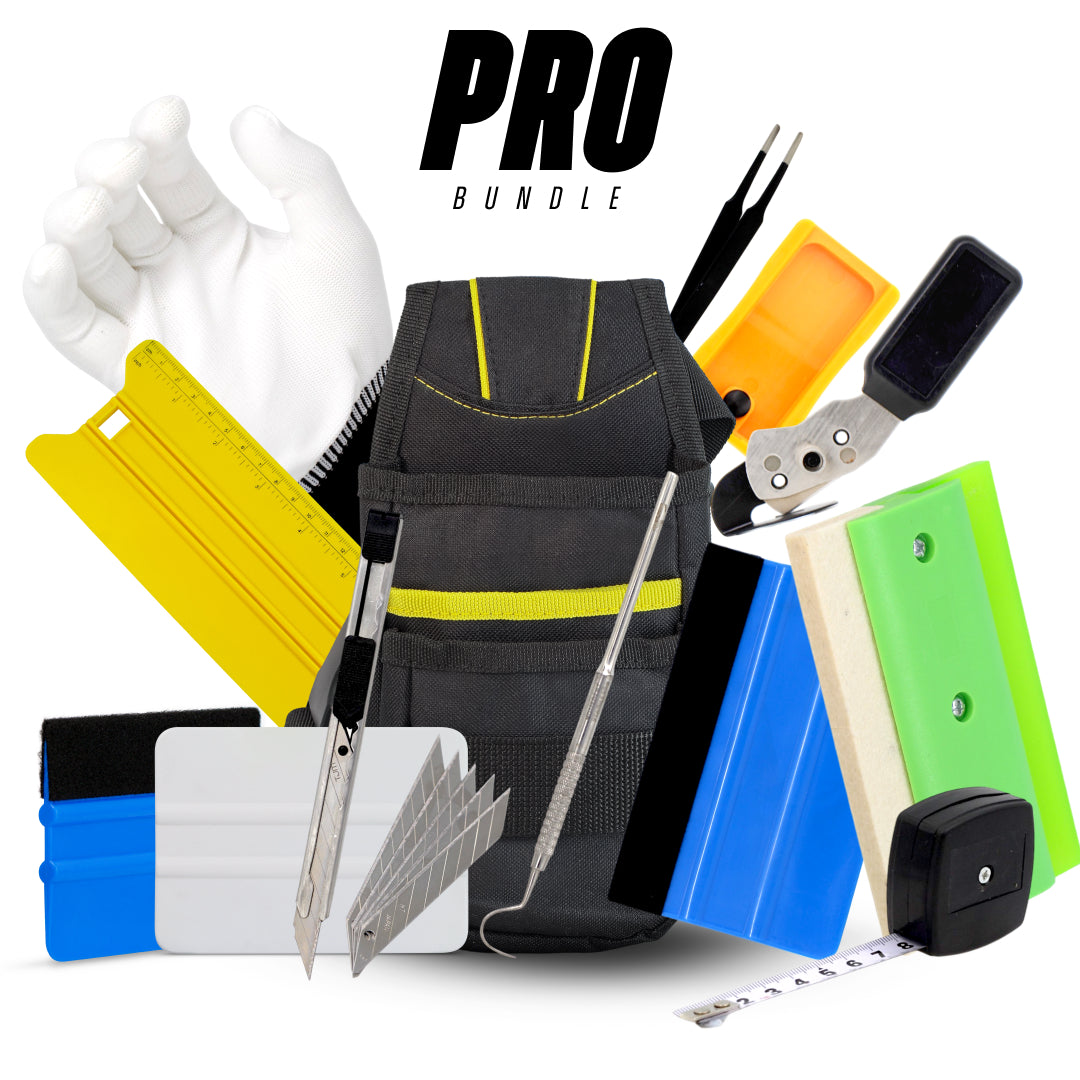



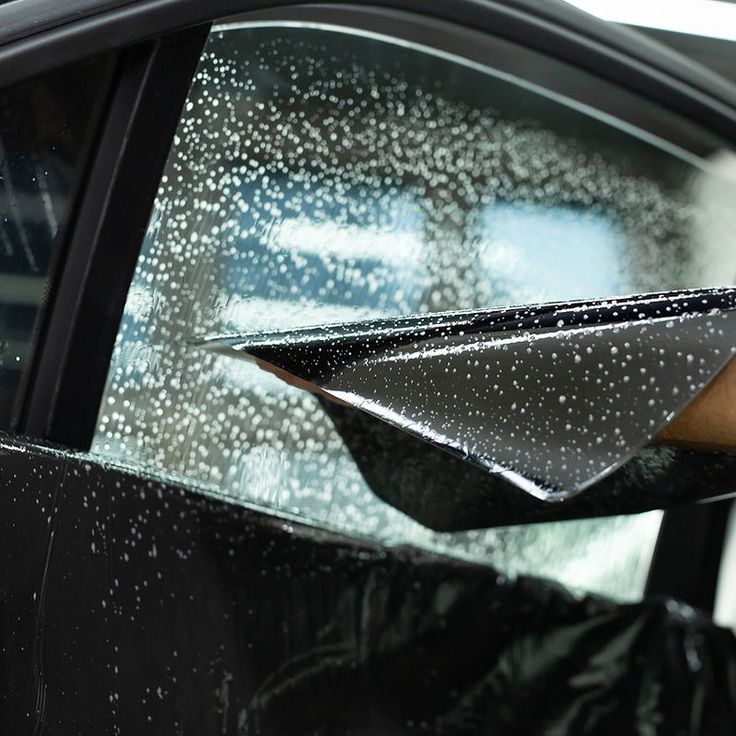
Leave a comment
This site is protected by hCaptcha and the hCaptcha Privacy Policy and Terms of Service apply.